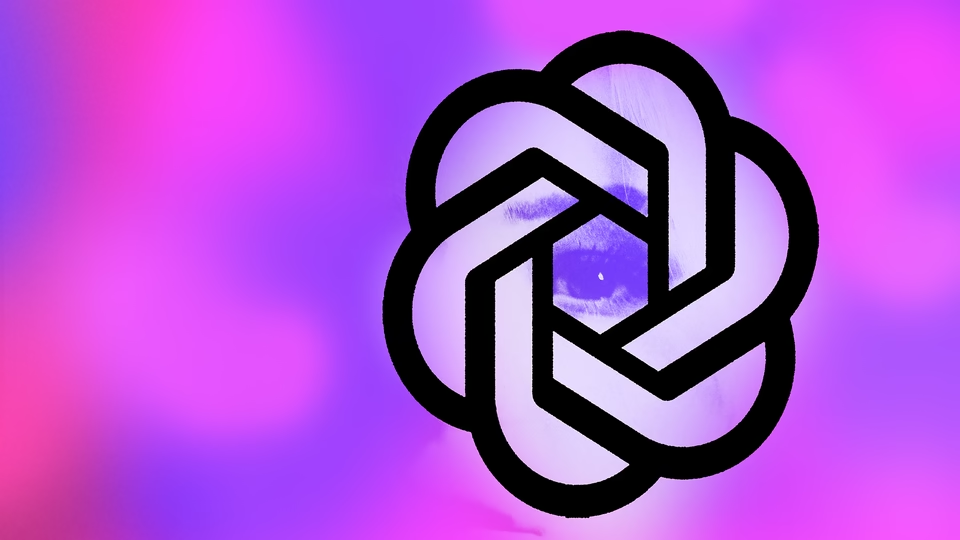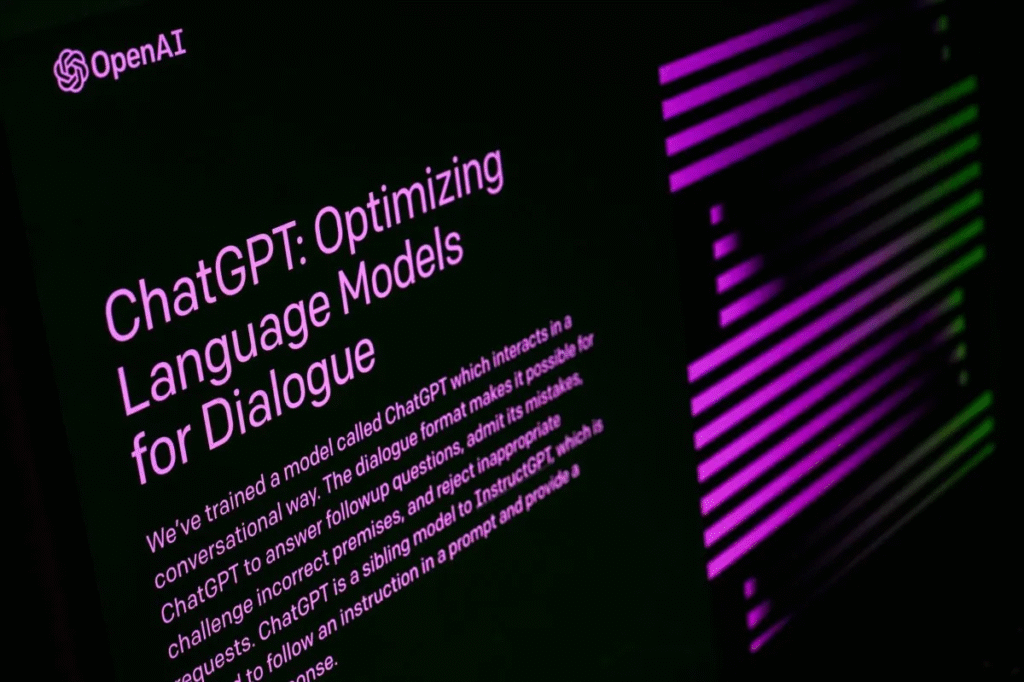OpenAI recently released its new AI models, o3 and o4-mini, to the public. Smart tools employ pictures to address problems through pictures, including sketch interpretation and photo restoration. The AI devices serve as intelligent assistants who interpret information in the same manner as human beings.
What Makes o3 and o4-mini Special
The o3 model is the star. It can look at images and use them to answer questions. For example, if you show it a messy whiteboard drawing, o3 can zoom in, rotate it, or clean it up to figure out what’s written. The smaller o4-mini works faster and costs less, making it great for quick tasks.
How o3 Uses Pictures to Think
Imagine you are stuck on a math problem. You snap a photo of your notebook and ask o3 for help. The AI will study the picture, spot mistakes, and explain how to fix them. It can even search the web for answers or write code to solve coding errors.

Real-Life Uses
For Students
- Take a photo of a science diagram and ask o3 to explain how it works.
- Upload a homework problem and get step-by-step help.
For Developers
- Share a screenshot of the buggy code. o3 finds errors and suggests fixes.
- Use o3 to turn sketches into working app designs.
How to Try o3 and o4-mini
These models are available now for ChatGPT Plus, Pro, and Team users. Older models like o1 will stop working soon. To use them:
- Open ChatGPT and pick o3 or o4-mini.
- Upload a photo or type your question.
- Let the AI analyze and solve it.
Why This Matters
Most AI tools only read text. O3 differentiates itself due to its capability of thinking through visual representation. The integration gives AI a picture processing capacity alongside cognitive abilities. The processing power of GPT-3 enables doctors to analyze X-rays as well as enables teachers to clarify challenging subjects, and allows engineers to create improved machinery.
Things to Watch Out For
- Privacy: Avoid sharing personal photos. o3 learns from data, so keep sensitive info private.
- Accuracy: While o3 is smart, double-check its answers for important tasks.
The Future of AI
The newly developed AI models from OpenAI demonstrate human-like capabilities. The combination of texts with images and logical systems that o3 incorporates can reshape work and educational practices. These developments provide a current look at the forthcoming environment where artificial intelligence can observe and comprehend problems before it provides solutions.
OpenAI recently released its new AI models, o3 and o4-mini, to the public. Smart tools employ pictures to address problems through pictures, including sketch interpretation and photo restoration. The AI devices serve as intelligent assistants who interpret information in the same manner as human beings.
What Makes o3 and o4-mini Special
The o3 model is the star. It can look at images and use them to answer questions. For example, if you show it a messy whiteboard drawing, o3 can zoom in, rotate it, or clean it up to figure out what’s written. The smaller o4-mini works faster and costs less, making it great for quick tasks.
How o3 Uses Pictures to Think
Imagine you are stuck on a math problem. You snap a photo of your notebook and ask o3 for help. The AI will study the picture, spot mistakes, and explain how to fix them. It can even search the web for answers or write code to solve coding errors.

Real-Life Uses
For Students
- Take a photo of a science diagram and ask o3 to explain how it works.
- Upload a homework problem and get step-by-step help.
For Developers
- Share a screenshot of the buggy code. o3 finds errors and suggests fixes.
- Use o3 to turn sketches into working app designs.
How to Try o3 and o4-mini
These models are available now for ChatGPT Plus, Pro, and Team users. Older models like o1 will stop working soon. To use them:
- Open ChatGPT and pick o3 or o4-mini.
- Upload a photo or type your question.
- Let the AI analyze and solve it.
Why This Matters
Most AI tools only read text. o3 differentiates itself due to its capability of thinking through visual representation. The integration gives AI a picture processing capacity alongside cognitive abilities. The processing power of GPT-3 enables doctors to analyze X-rays as well as enables teachers to clarify challenging subjects, and allows engineers to create improved machinery.
Things to Watch Out For
- Privacy: Avoid sharing personal photos. o3 learns from data, so keep sensitive info private.
- Accuracy: While o3 is smart, double-check its answers for important tasks.
The Future of AI
The newly developed AI models from OpenAI demonstrate human-like capabilities. The combination of texts with images and logical systems that o3 incorporates can reshape work and educational practices. These developments provide a current look at the forthcoming environment where artificial intelligence can observe and comprehend problems before it provides solutions.





